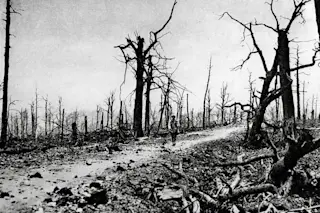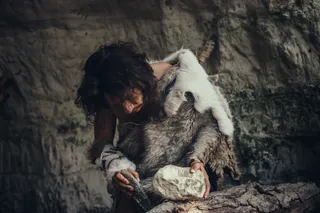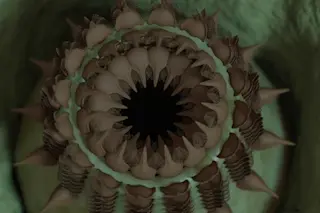The Battle of Verdun in northeastern France was one of the longest and bloodiest clashes of World War I, claiming roughly 300,000 lives. It also decimated the landscape: Intense artillery fire felled nearly all of the region’s trees, and millions of exploding shells left deep depressions, exposing the limestone bedrock.
Now, 100 years after the end of World War I, recent research shows that new plants and animals have claimed the former battlefield as their habitat. They are adapting to the unique landforms of shell craters and underground shelters created by war.
The German attack in February 1916 was designed to break the will of France and “bleed her to death,” in the words of Germany’s chief of the general staff. The French were fiercely proud of the Verdun region and its massive forts, constructed after a humiliating loss to Germany in the Franco-Prussian War of 1870-1871.
Alison Mackey/Discover after ...















